John Lewis Krimmel (1787-1821)
Get a Krimmel Certificate of Authenticity for your painting (COA) for your Krimmel drawing.
For all your Krimmel artworks you need a Certificate of Authenticity (COA) in order to sell, to insure or to donate for a tax deduction.
Getting a Krimmel Certificate of Authenticity (COA) is easy. Just send us photos and dimensions and tell us what you know about the origin or history of your Krimmel painting or drawing.
If you want to sell your Krimmel painting or drawing use our selling services. We offer Krimmel selling help, selling advice, private treaty sales and full brokerage.
We have been authenticating Krimmel and issuing certificates of authenticity since 2002. We are recognized Krimmel experts and Krimmel certified appraisers. We issue COAs and appraisals for all Krimmel artworks.
Our Krimmel paintings and drawings authentications are accepted and respected worldwide.
Each COA is backed by in-depth research and analysis authentication reports.
The Krimmel certificates of authenticity we issue are based on solid, reliable and fully referenced art investigations, authentication research, analytical work and forensic studies.
We are available to examine your Krimmel painting or drawing anywhere in the world.
You will generally receive your certificates of authenticity and authentication report within two weeks. Some complicated cases with difficult to research Krimmel paintings or drawings take longer.
Our clients include Krimmel collectors, investors, tax authorities, insurance adjusters, appraisers, valuers, auctioneers, Federal agencies and many law firms.
We perform John Lewis Krimmel art authentication, appraisal, certificates of authenticity (COA), analysis, research, scientific tests, full art authentications. We will help you sell your John Lewis Krimmel or we will sell it for you.

John Lewis Krimmel was an early American painter born in Wurtemburg, Germany. Krimmel emigrated to the United States in 1810 and lived in Philadelphia. His earliest influences were Benjamin West and William Hogarth. Krimmel worked in a number of mediums from oil paints and watercolors to gouache and graphite.
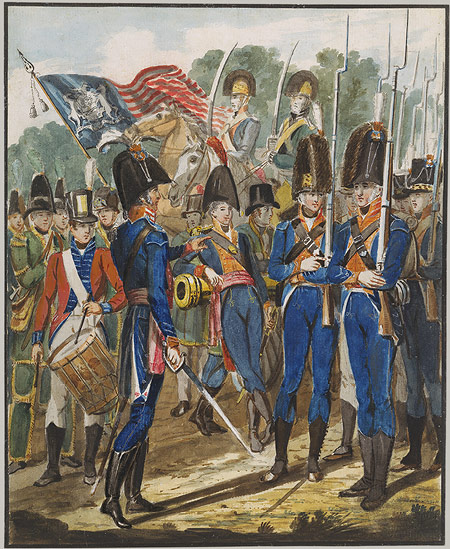
Krimmel had an unusual style that was shaped by his love for engravings. He was highly influenced by European engravings, especially from the Dutch, and became famous for his highly detailed canvases. He favored himself a painter of conversations, portraits and subjects of humor, and was interested in common and exotic subjects. His painting “The Country Wedding” is considered to be his finest piece.
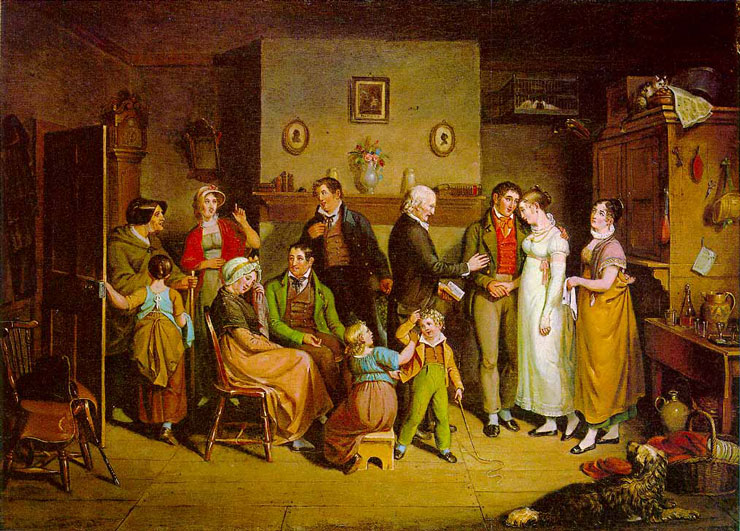
While in Philadelphia, Krimmel was very active in the artistic community and made friends with many of his contemporaries of the time such as Rembrandt Peale, Charles Bird King and Thomas Sully. He joined a sketch club with those respective members and others in 1812 and worked alongside these other artists.
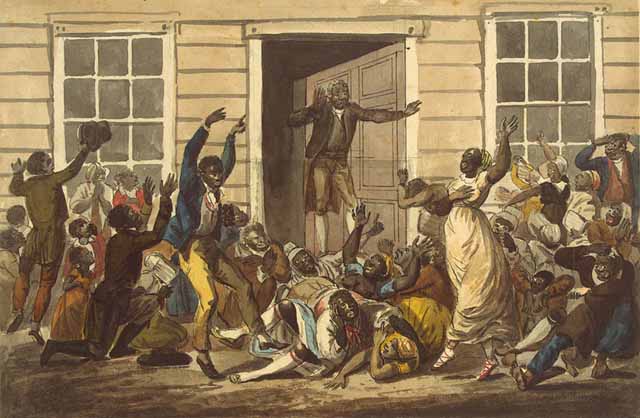
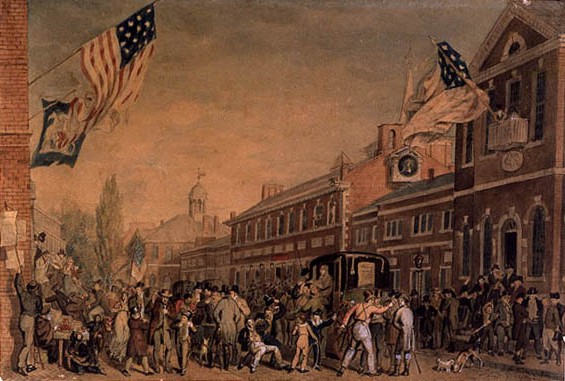
Krimmel returned to Europe in 1816 to settle his sisters’ estate and after he conducted his business, he spent the next few years on a leisurely voyage. On his way back to the United States, he stopped off in Bermuda and created a number of sketches of the island. Krimmel also visited Paris during this time, and undoubtedly created sketches or paintings there. His sketchbook also shows that he visited Venice, Salzburg and Munich and also spent his time sketching historic fortresses and castles along the Danube River.
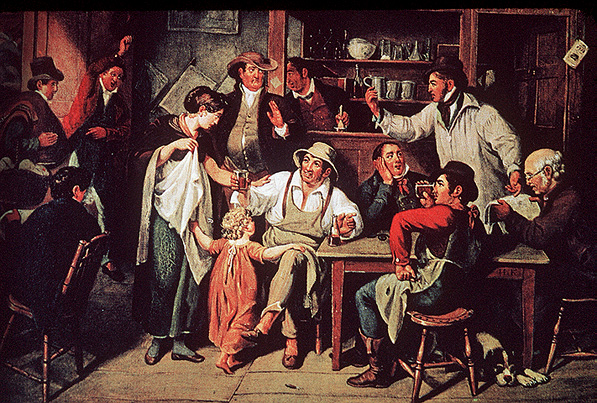
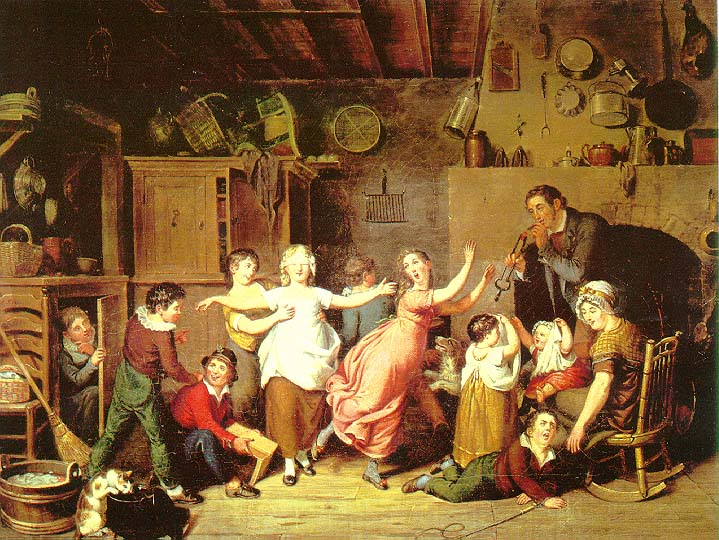
Upon his return to the United States in 1819, Krimmel exhibited his paintings that he created abroad at the Academy of Fine Arts in New York an also in Philadelphia the following year. It is insinuated that Krimmel was not successful enough to support himself solely by painting, and therefore taught drawing to young girls at a boarding school. Catalogues at his exhibitions also do not show if his paintings were sold, so it is likely that often times, they were not.
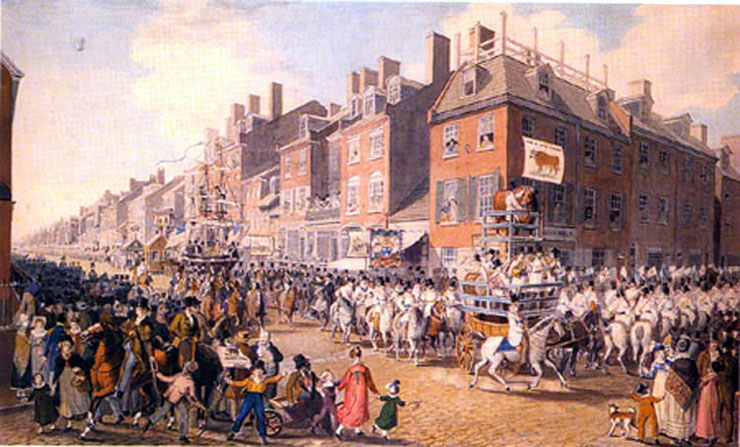

Krimmel’s career as a painter picked up after 1820, however, when a Philadelphia magazine, “The Analectic Magazine,” published a story about him. From then on, he began to receive commissions from printmakers and paintings for local government buildings and public buildings such as the Pennsylvania Hospital.

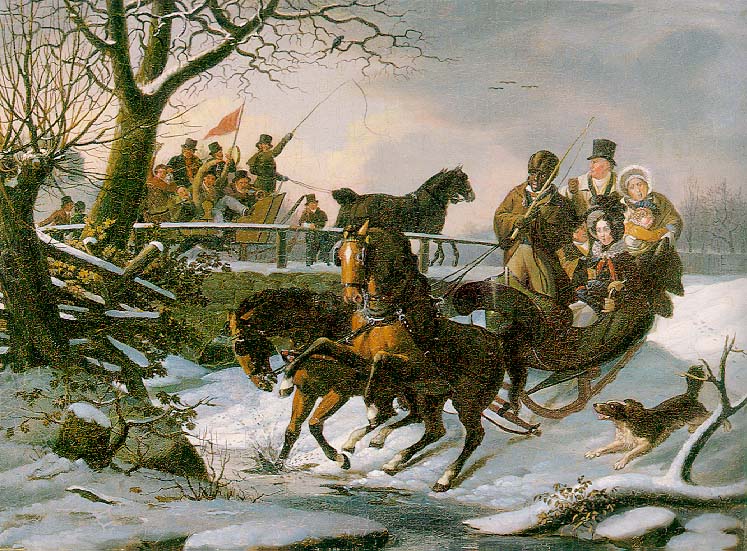
Though lesser known, Krimmel also painted a number of portraits to support himself throughout his career. His earliest portraits were probably executed after his return from Europe and he painted portraits for prominent Philadelphia society figures.
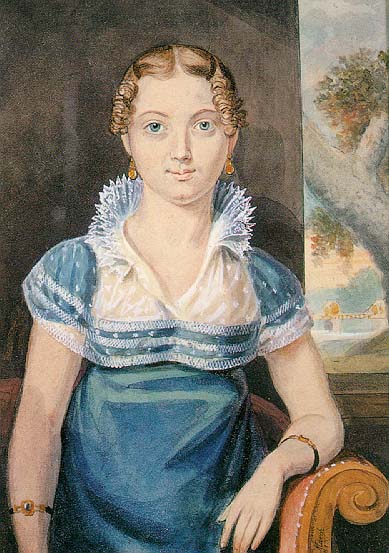
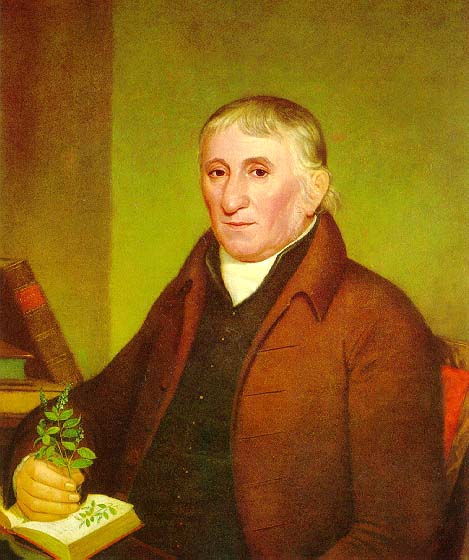
Sadly, Krimmel’s life was cut short just as his career in the United States was taking off. He was commissioned to create a painting entitled “The Landing of William Penn at Newcastle in October 1682,” however, he never lived to see it completed and died of accidental drowning. This large scale historical piece was a very important commission, and his death was considered to be very tragic among his fellow painters.
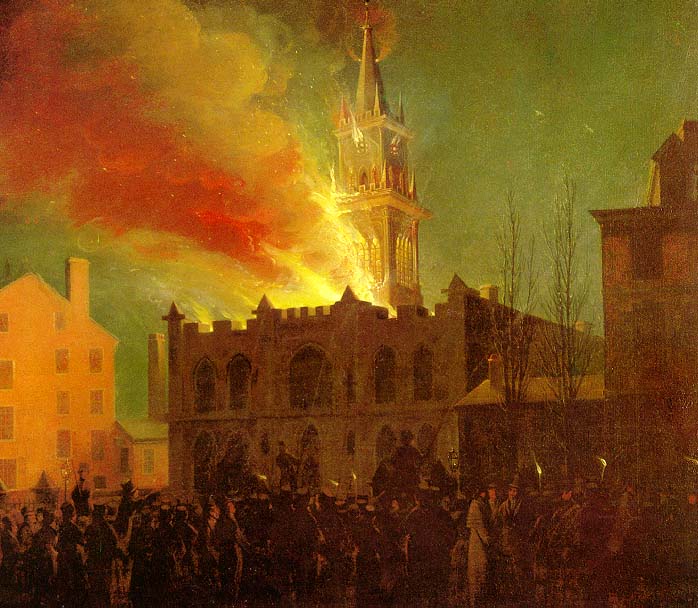
Today, Krimmel’s work is housed in public and private collections all over New England and possibly Europe. Still wondering about an early American painting hanging in your home? Contact us…it could be by John Lewis Krimmel.
Reviews
1,217 global ratings
5 Star
4 Star
3 Star
2 Star
1 Star
Your evaluation is very important to us. Thank you.
